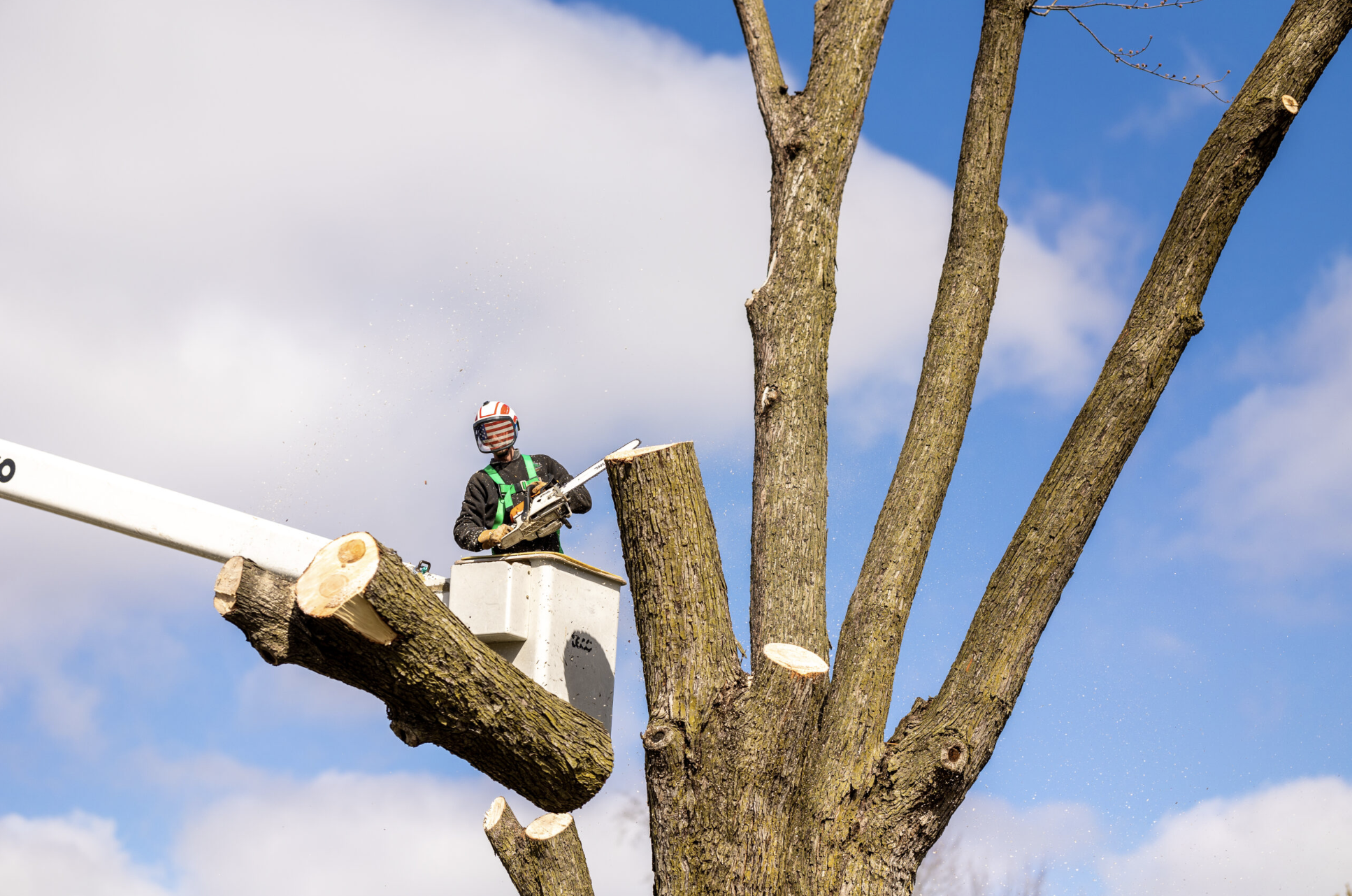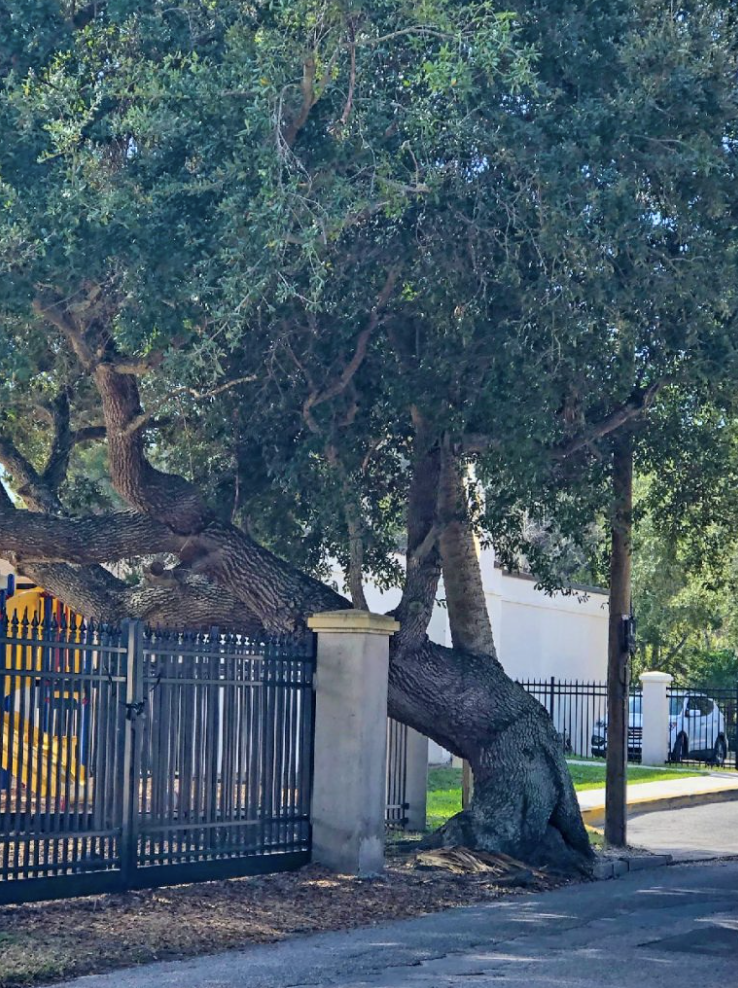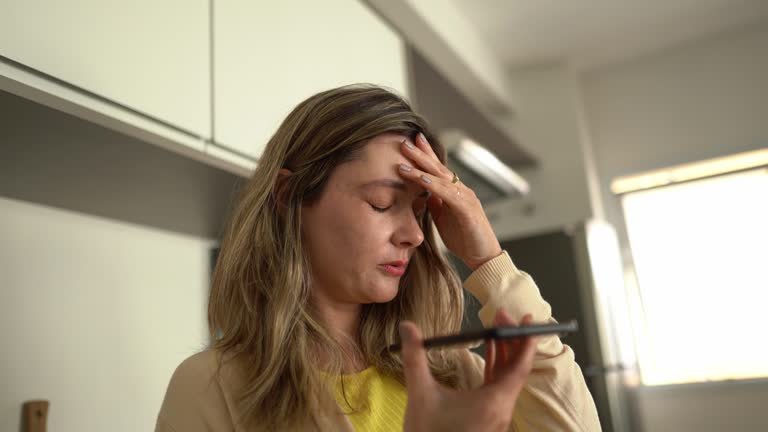
- calendar_month October 18, 2024
- folder Community Engagement
Sharing Tags
Homeowner Insurance for Tree Damage, Homeowner Rights in LA, JohnHart, JohnHart Real Estate, Los Angeles Tree Damage Responsibility, Nathan Derry, Nathan Derry Healthy Living, Nathan Derry JohnHart, Nathan Derry Real Estate, Nathan Derry Realty, Nathan Derry Recommends, Nathan Derry Tips, Nathan Derry, JohnHart Real Estate, Neighbor Dispute Resolution LA, Neighbor’s Tree Overhanging Property, Property Damage from Neighbor's Tree, Protecting Property from Tree Damage, Real Estate and Tree Maintenance Tips, Tree Encroachment Solutions

Trees provide shade, beauty, and sometimes privacy, but they can also cause headaches when branches or roots from your neighbor’s tree start causing damage to your property. Whether it’s overhanging limbs threatening to break a fence or roots tearing up your driveway, it’s important to know who’s responsible and what you can do to resolve the issue.
Who is Responsible?

In Los Angeles (and in most of California), you have the right to trim tree branches and roots that extend onto your property from a neighbor’s tree—but only up to the property line. You do not have the right to enter your neighbor’s property to cut or trim without their permission. Here’s a breakdown of your responsibilities and rights:
- Overhanging Branches: You can cut branches that extend over the property line, but the cutting must not damage the overall health of the tree.
- Falling Branches: If a tree branch from your neighbor’s yard falls and causes damage to your property, they could be responsible for the damage, but only if the tree was known to be unhealthy or dangerous (e.g., diseased, dead, etc.).
- Encroaching Roots: You can trim roots on your side of the property, but be cautious, as excessive root trimming could harm the tree. If the roots damage structures like fences, driveways, or pipes, you may be able to seek damages from your neighbor.
Steps to Take If Damage Occurs

If a neighbor's tree is damaging your property or causing potential safety issues, it’s important to handle the situation with care. Here’s what you can do:
-
Talk to Your Neighbor: Start by having a friendly conversation with your neighbor. Explain the issue and see if they are willing to take action, such as trimming the tree or paying for damages. Most issues can be resolved amicably this way.
-
Document the Damage: Take pictures and document any damage caused by the tree, whether it’s fallen branches or cracked driveways from roots. This will be useful if you need to escalate the issue.
-
Send a Written Request: If a conversation doesn’t solve the problem, send a polite written request detailing the damage and asking your neighbor to address it. This could be trimming the tree, paying for repairs, or both.
-
Contact a Certified Arborist: If the tree is large or the damage severe, you may want to consult with an arborist. They can provide a professional assessment of the tree’s health and advise you on the best course of action.
-
Consult Your Homeowners Insurance: In some cases, your homeowners insurance may cover damage caused by a neighbor’s tree, particularly if it falls during a storm. However, insurance companies may not cover damage if the tree was known to be hazardous and no action was taken. It’s always a good idea to check your policy.
-
Consider Mediation: If the situation can’t be resolved through conversation, mediation is an affordable way to settle disputes without going to court. The City of Los Angeles offers mediation services for neighborhood conflicts.
-
Legal Action as a Last Resort: If your neighbor refuses to act and the damage continues, you may need to seek legal advice. In extreme cases, a civil lawsuit may be necessary, especially if significant property damage has occurred. California’s civil codes protect homeowners in cases of property encroachment and damage.
Who to Call for Assistance

- City of Los Angeles: The city can help mediate property disputes and give guidance on local tree ordinances.
- Certified Arborist: A tree care expert can help assess the situation and offer advice on tree health and maintenance.
- Insurance Company: Contact your insurance company to see if the damage is covered under your policy.
Trees can be tricky when they cross property lines, but knowing your rights and responsibilities can help you handle the situation smoothly and without conflict. If you’re facing tree-related damage or want to prevent future issues, take proactive steps now to protect your property.
If you need any help navigating real estate challenges, whether it’s trees or transactions, I’m here to help. Let’s talk about how you can keep your home in tip-top shape and avoid potential property disputes.
Nathan Derry
Realtor, JohnHart Real Estate

📍JohnHart Real Estate
📞(424) 303-0440
📧 nathan@jhagents.com
👨🏽💻 itsnathanderry.com
You deserve the opportunity to work with an ethical agent. Please give me a call today and let’s discuss your unique needs.
Interested in seeing a property or one of my off market properties in person? Contact me today! Who you hire matters!!!
Ready to make the best move of your life… let’s chat today!
